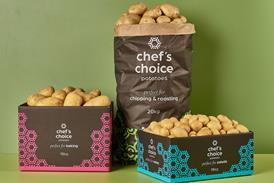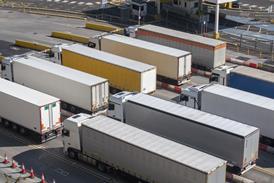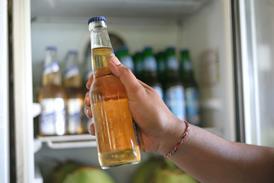Close menu
- Home
- Retail & Wholesale
-
Products & Suppliers
- Back to parent navigation item
- Products & Suppliers
-
Product Categories:
- Back to parent navigation item
- Product Categories:
- Alcoholic drinks
- Bakery
- Cereals & breakfast
- Cheese
- Chicken & poultry
- Chocolate
- Confectionery
- Crisps, nuts & snacks
- Dairy
- Fish
- Fresh produce
- Frozen
- Household
- Meat
- Own Label
- Sauces & condiments
- Seasonal
- Soft drinks
- Vaping
- Vegan & plant-based
- World foods
- Suppliers
- People
- Reports & Data
-
Topics A-Z
- Back to parent navigation item
- Topics A-Z
-
Popular topics:
- Back to parent navigation item
- Popular topics:
- Cost of living crisis
- Crime
- Deposit Return Schemes
- Finance
- Government & Regulation
- Health
- Inflation
- Loyalty
- Marketing
- Mergers & Acquisitions
- New Product Development
- Sourcing
- Supply chain
- Sustainability & environment
- Technology
- Ultra Processed Foods
- Vaping
- A-Z all topics
- Content by type:
- Events
- Ask iA (beta)
- Subscribe now
Refrigeration accounts up to 70% of supermarket carbon emissions
By Stephen Jones2025-07-01T15:20:00

Source: The Grocer / Neil White Photography
Up to 70% of the global supermarket sector’s Scope 1 and Scope 2 emissions currently stem from cooling systems, either within stores or across the supply chain, a new ‘first of its kind’ report from the Environmental Investigation Agency has revealed
Supermarkets have been urged to accelerate efforts to decarbonise their cold supply chains, or the sector will miss key environmental targets.
Already have an account? Sign in here
Already have an account? Sign in here






